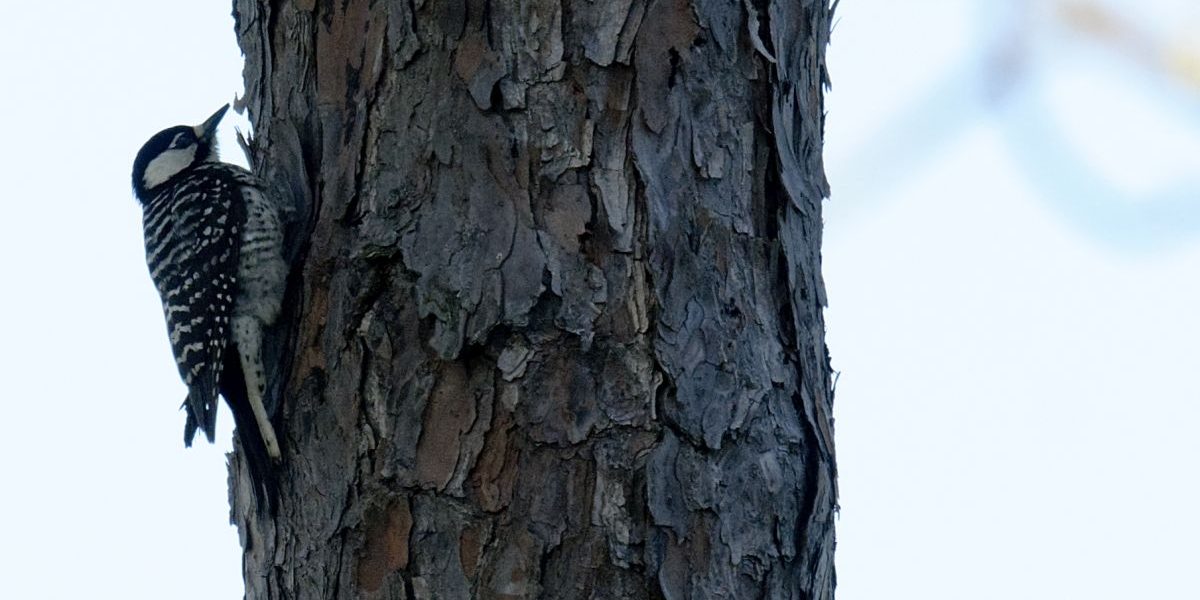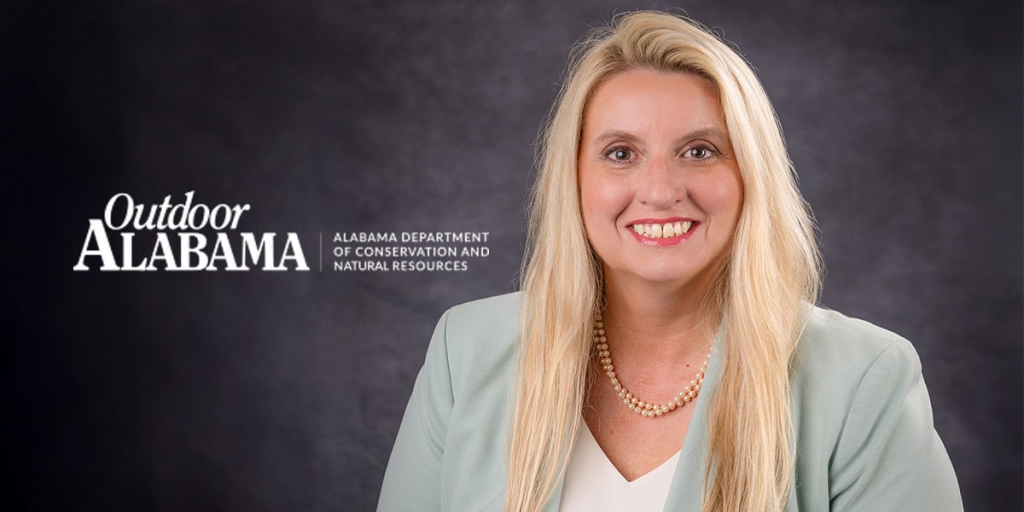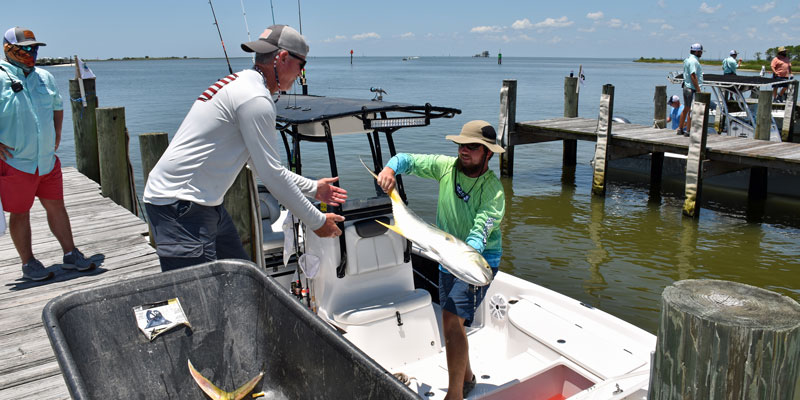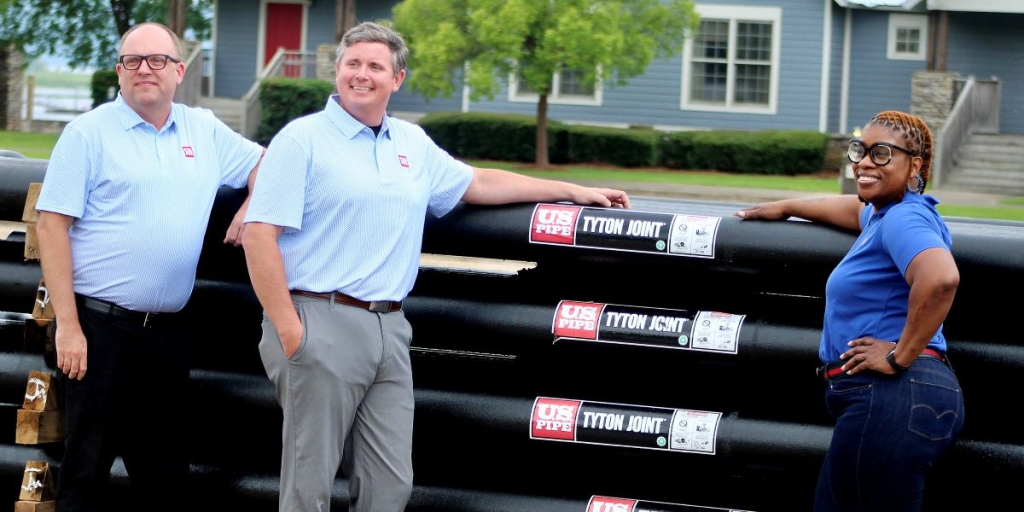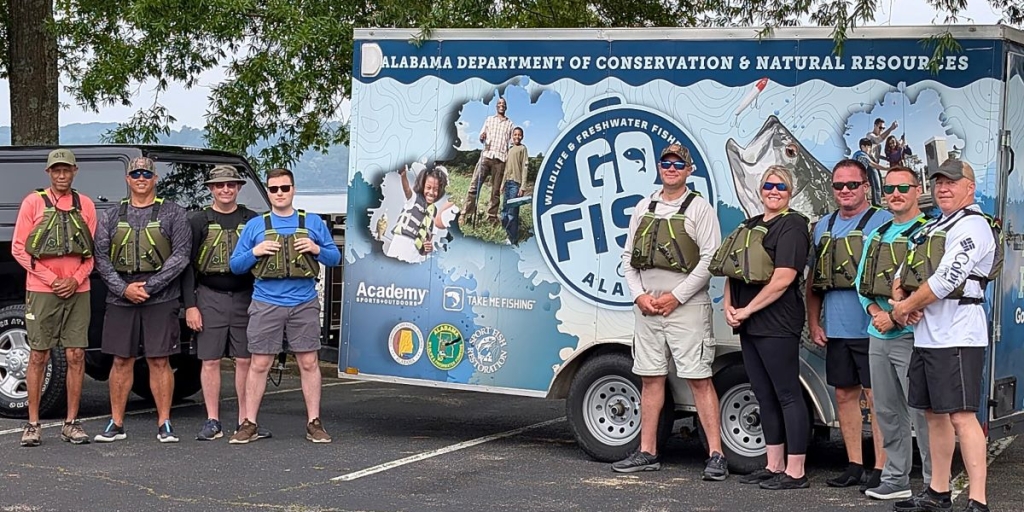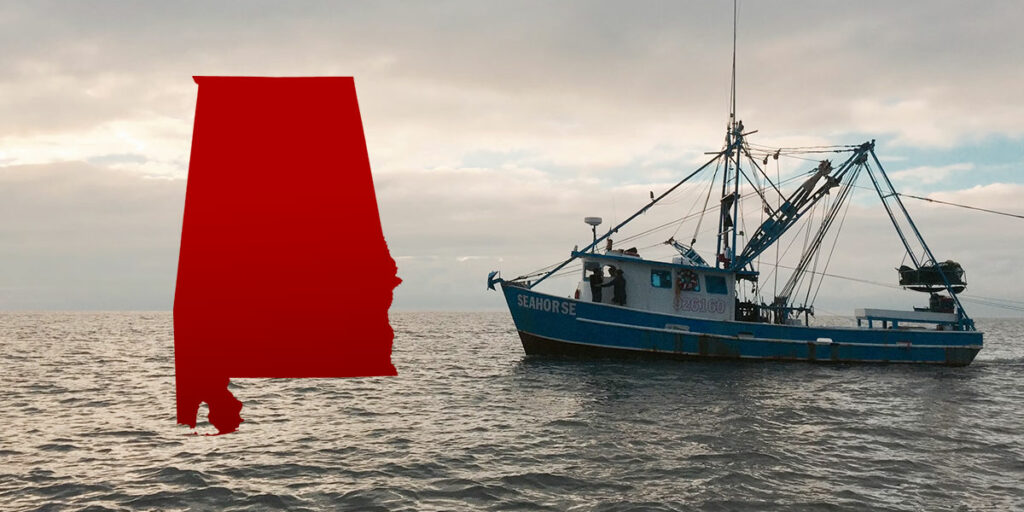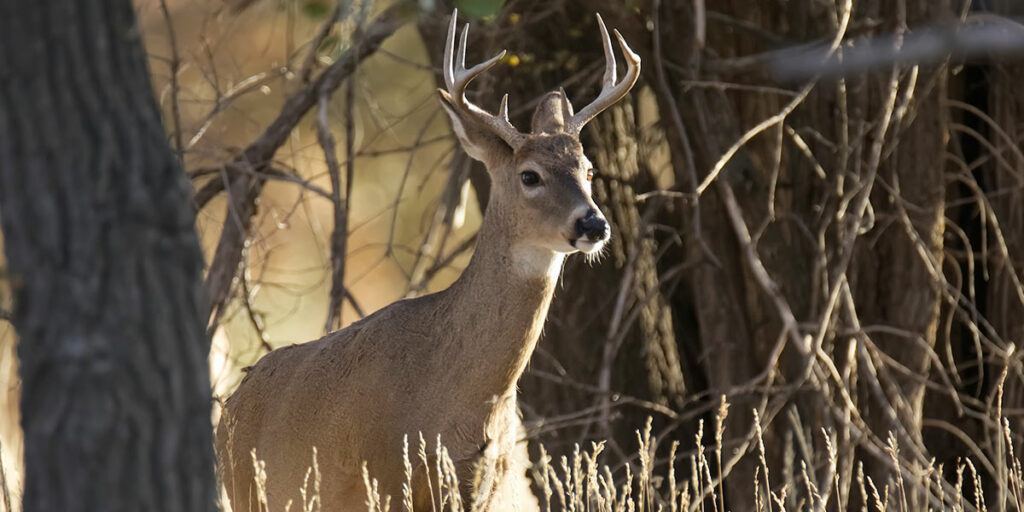The red-cockaded woodpecker (RCW) is making a comeback.
After more than 50 years, the Southeast’s iconic black-and-white woodpecker is being downlisted from endangered to threatened under the Endangered Species Act.
The U.S. Fish and Wildlife Service (USFWS), Alabama Power and Southern Company – along with state and federal agencies, landowners and other conservation groups – are celebrating the birds’ comeback. Since 1973, Southern Company and its operating companies have made concerted efforts to protect the RCW.
The Oct. 24, 2024, decision to “downlist” the RCW’s standing was a long time coming. USFWS requested the change on Sept. 25, 2020, during a meeting at Fort Benning (now Fort Moore) near Columbus, Georgia. This action is taken only when there is overwhelming evidence that a species is recovering from the challenges that required it to be listed under the Endangered Species Act in the first place.
At its lowest point, the nation’s RCW population fell below 10,000 and decades of habitat disruption, mostly caused by deforestation of millions of acres of longleaf pine trees, added to the birds’ decline.
However, the iconic bird has found a safe harbor on Alabama Power’s Lake Mitchell, near Clanton, in the central part of the state. There, the company has worked closely with the USFWS and the Alabama Department of Conservation and Natural Resources to manage more than 1,600 acres of longleaf forest around the lake, in efforts to help the birds increase their numbers.

Red-cockaded woodpeckers have made their habitat on Alabama Power’s Lake Mitchell near Clanton. (Alabama News Center)
RCW’s triumphant return
The RCW’s positive gains in population and habitat during the past several years led the U.S. government to upgrade the birds’ standing.
This spritely woodpecker’s preferred habitat is longleaf pine. It is the only bird that requires a living pine tree to make a nest. Because longleaf wood is extremely dense, it takes the bird a while to peck out its nest.
The crux of the problem is the loss of high-quality longleaf pine habitat. The devastation of longleaf pine forests occurred throughout the 19th century, as trees were cut down for use as lumber. In some soil conditions, longleaf pine may take 60 to 80 years to reach a marketable size.
Therein lies the problem. With RCW’s population decreasing due to the decimation of longleaf pine, the RCW hit the endangered species list in 1970.
Jason Carlee, Water Field Services manager in Environmental Affairs at Alabama Power, noted that Southern Company’s efforts have been geared to providing funding to partners for planting and managing longleaf pines through prescribed burns.
“Longleaf pine is a really slow-growing tree with very dense wood,” Carlee explained. “It takes a long time to get to a mature age to harvest, so foresters started replacing longleaf pine with other pine species, like loblolly and slash pine, assuming the forests weren’t converted to agricultural fields or urban developments, that would grow more quickly so they could harvest them more frequently.” Loblolly is also planted more densely to maximize acreage. It matures in 20 to 30 years, allowing foresters to get two harvests of loblolly during the time it takes to grow longleaf.
The birds around Lake Mitchell received a “new lease on life” when Alabama Power finalized its initial RCW management plan in 1987.
“Our efforts are part of a larger regionwide effort and have helped contribute to the bird being downlisted,” Carlee said. “Alabama Power has a long history of managing these forests and has made a commitment to continue managing them. Efforts like these and those of other private, federal and state partners to create and properly manage the longleaf pine habitat that this species needs have helped with that recovery effort.
Alabama Power’s efforts include prescribed burns in the longleaf pine stands. “As part of our wildlife management plan, we burn the land within the RCW management area at least every five years, but we try to burn it more frequently to help control undergrowth,” he said. “The birds need those open, pine savannah habitat to thrive.”

Alabama Power conducts prescribed burns and midstory clearing of underbrush surrounding the longleaf pines at Lake Mitchell, along with annually monitoring the RCW population.
With the help of Mark Bailey, owner of Conservation Southeast, the company has installed artificial cavity inserts in some longleaf pines to provide the woodpeckers with ready nests. Alabama Power ensures there are more than enough nests for the number of birds in each cluster. That gives the birds other options when a tree falls, or a nest is overtaken by a competitor.
Throughout the years, Alabama Power biologists have also worked with USFWS to place identification bands on the birds.
In 2004, Southern Company helped create and fund the Southern Range Translocation Cooperative (SRTC), a translocation program for the RCW. The SRTC includes RCWs in five states: Alabama, Florida, Georgia, Mississippi and South Carolina. In 20 years, Alabama has received 79 RCW from the translocation cooperative.
The program works by relocating sub-adult red cockaded woodpeckers to small, at-risk bird populations in other geographic areas. During the last 20 years, 576 sub-adult RCWs, 288 male/female pairs, have been translocated.
“The cooperative is a grand example of creative teamwork between states, public and private organizations,” said Jesalyn McCurry, an environmental specialist for Environmental Affairs and Sustainability at Southern Company Services in Birmingham who has been part of Southern Company’s groundbreaking work in longleaf pine forests for 21 years.

Fish and Wildlife Service Biologist Eric Spadgenske placed an identification band on a young red cockaded woodpecker, shown here in 2016. (Arden Ward / Alabama News Center)
With the sustained use of proven best practices for the RCW’s protection, Carlee said the USFWS anticipates that the species populations will remain stable or improve over time as conservation efforts continue.
“The successful recovery of RCW populations is a testament to the benefits of public-private partnerships,” Carlee said. “This has been a longstanding effort within the conservation community to improve the habitat that these birds need. A lot of folks came together to work toward protecting this species. Any time the USFWS can downlist or de-list a species shows that things are working for the benefit of that species – things are going in the right direction.”
Courtesy of Alabama News Center.




